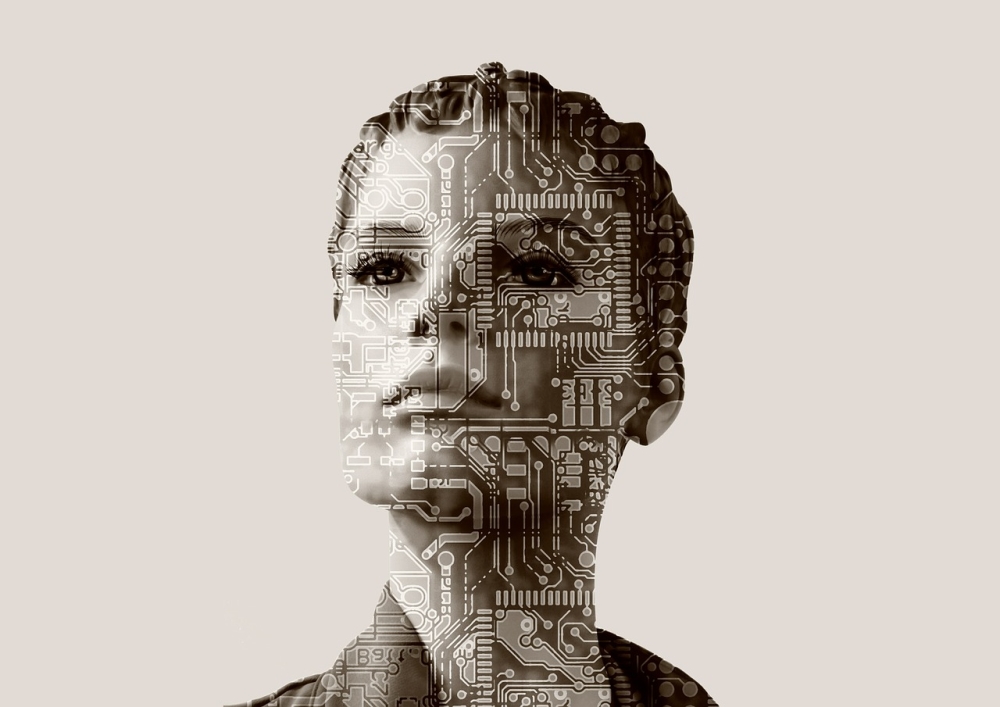Artificial Intelligence - a force for good or bad?
09 Oct 2019

The age of artificial intelligence (AI) is now very much upon us. Once a technological possibility for some industries, the reality is disrupting sectors across markets globally and affecting all aspects of our lives. A recent report by Forbes found that 22% of marketers currently are using AI-based applications and an additional 57% planning to use in the next two years. But, is this rate of adoption for better or for worse?
With this question in mind, we look at the rise of artificial intelligence and its impact on industries across the globe, and ask where it might go in future.
An exciting new era?
So seamless that you’d be forgiven for not realising, artificial intelligence is applied all around us, all the time, enabling automations that make tasks easier, experiences more personalised and generally more efficient. The recommendations you receive and how they’re structured on Netflix, right down to the choice of artwork to represent each title or series, and voice assistants becoming integrated within the home as the central nerve of activity, are all subtly transforming the way we engage with technology and, importantly, the way we expect to engage with technology going forward.
Applications of artificial intelligence in industries such as financial services are not just time saving but having a major impact on customer experience, setting brands apart from others with a relevant and meaningful offering. This might include tailoring specific services and solutions to individual needs based on data around their circumstances, needs and preferences, saving masses of time and resource in marketing irrelevant products to a wide audience and nurturing the starts of a good relationship in the process.
As well as creating more personalised user experiences and influencing the way we interact, there are cases where AI is applied for social good, improving the lives of people with mobility or accessibility needs and for patients and medical professionals within the healthcare industry. But on top of its current uses, the scope for artificial intelligence to improve lives and empower those that might be otherwise isolated, vulnerable or else overlooked is vast. A recent article from ITProPortal identifies the potential for AI technology in providing assistance for vulnerable residents of social housing, as well as improving day to day communications channels to promote happier, more valued tenants. Equally, this form of technology could also be applied to communities that may face similar issues, such as students or senior living communities, or be used at scale to coordinate crisis communications more effectively.
Or a dangerous new world?
As with any new area of technology, it’s good to be cautious – from both a business and consumer perspective. With recent fails in data protection compromising both business and customer security and privacy, it’s a clear warning sign for those ready to place all faith in new tools and shows there are sometimes consequences greater than we’d imagine.
The potential range of applications of artificial intelligence within marketing alone is massive from content personalisation, programmatic advertising and media buying to automated social and message app interaction. Given the breath and depth of possible uses, there is enormous potential for misuse or overuse to negatively affect the customer experience and cause significant damage to consumer confidence as a result.
Many organisations utilise automated chat bot technology on websites and phone screening systems as a means of solving basic customer queries and for qualifying prospective leads. There are probably few amongst us that haven’t had a negative experience, going round in circles with a less sophisticated bot that simply isn’t programmed to deal with the question we need answered, or one that can’t take no for an answer.
Apart from the negative impact on customer experience, the topic we come back to repeatedly in relation to technology and automation is trust. Intelligent automation that can alleviate repetitive tasks is one thing, but when AIs and robots are designed to pass as human, things become much trickier. How far should we go in humanising voices or personas, and what is the danger of replicating human language through technology?
As consumers, we’re pretty used to automated voices screening our initial needs in all sorts of industries, from banking and finance to healthcare and travel, but what are the implications of these voices conducting an entire call or, controversially, what if we think we’re talking to a human, only to discover it’s actually a chatbot when an interaction doesn’t seem quite right? UC Today argue that the key in humanising artificial intelligence is to be completely transparent, as anything less can mislead your customer and potentially damage their trust in your organisation and its overall reputation.
Aside from bots mimicking human intelligence, there are concerns around technology used to mimic emotional intelligence and risks associated with stereotyping people or worse, where cultural differences are not factored in. With some organisations and researchers claiming the ability to utilise artificial intelligence to determine a person’s likelihood to commit offences or political alliance, there are questions around the ethical uses of such technology – as well as its accuracy.
Finding a balance
Businesses must consider where situations are appropriate for the use of artificial intelligence and how applications of the technology will make consumers feel, with the need for transparency front of mind. Would we feel valued as individuals if we were expected to divulge personal medical information to a robot? How would we feel knowing our facial expressions were monitored to determine our likelihood to vote a particular way?
In an era where we have become somewhat bogged down with tracking and analysing interactions to improve efficiency and results, balance is key and we must not lose sight of the fact we are dealing with humans. Artificial intelligence has an important place in helping organisations find better solutions for customer needs, enhancing automations and complementing existing customer service processes, but it cannot replace the human touch and the need for genuine emotional connections.
With almost 30 years specialising in phone-based marketing, we have had to move with the pace of digital transformation and continuously adapt to new technological applications within the sales and marketing environment. The key always is to strike the right balance between human and technology and apply the best of both to optimise results overall - the use of artificial intelligence to create a highly qualified, more receptive target list for a telemarketing campaign, is a good example of the two working well in tandem. Whatever technologies businesses look to adopt, they should never forget the importance of transparency and trust, or the power of a human response to customers’ emotive needs.
If you would like to discuss how we can help incorporate the human touch within your sales and marketing strategy, get in touch today.


1.png)


Please login to comment.
Comments